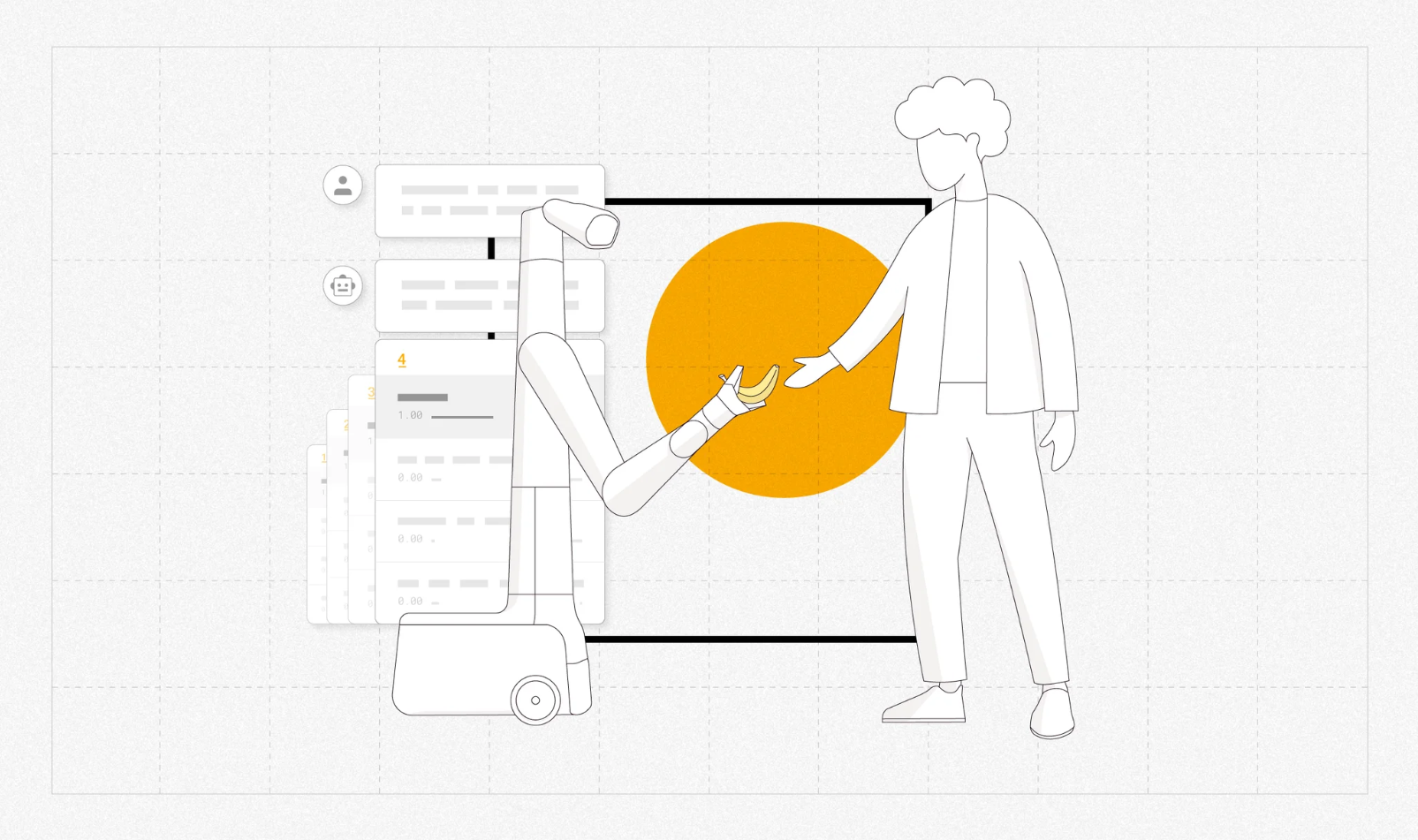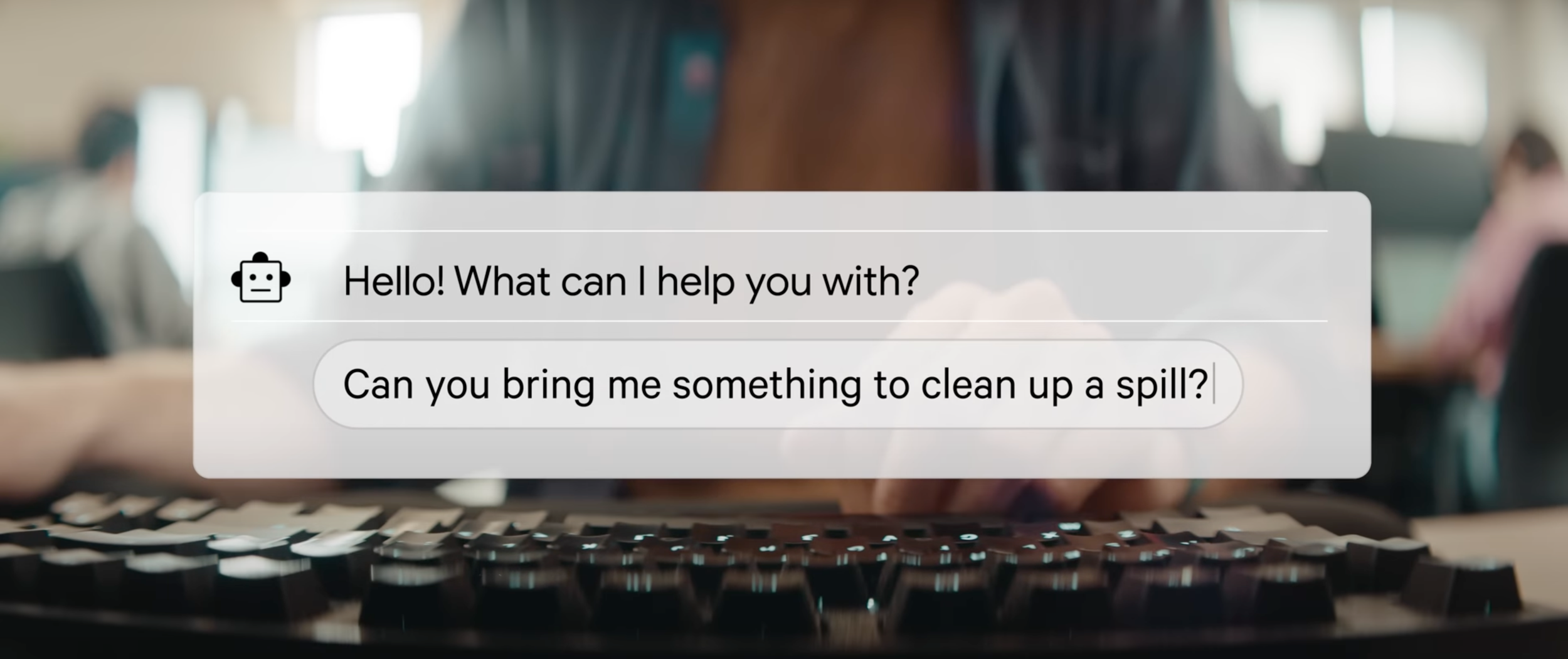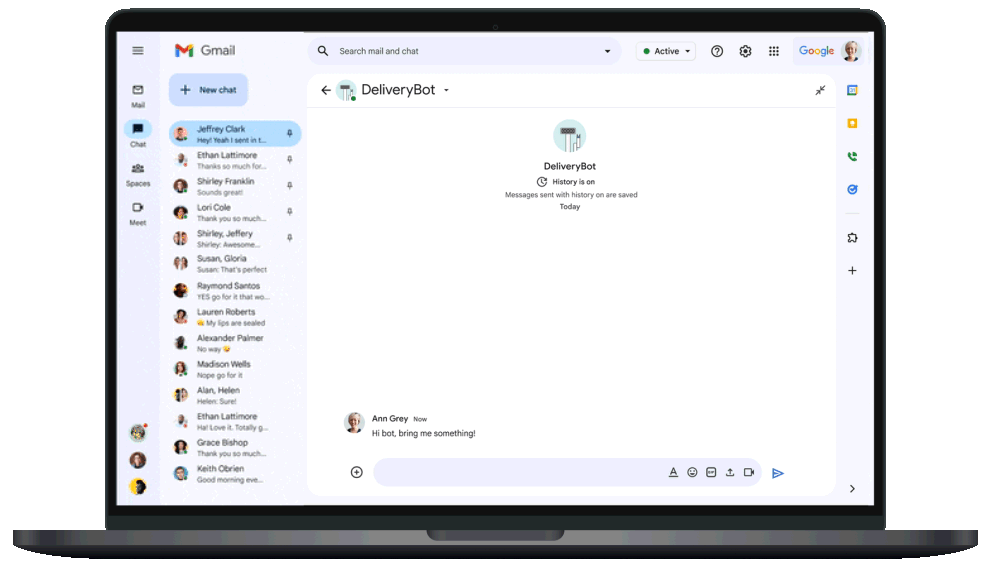People first: Helping shape Google Robotics' future through a human centric approach
TL;DR
Designed conversation flows which helped inform Google Robotics' development of PaLM-SayCan to internal and external fanfare.
Through human-centered storytelling, I helped guide engineering resource allocation for 2022 across Google Robotics and Every Day Robots.
I brought a people-first lens to Robotics, helping them begin shaping the vision of their future work around the assistance of humans.
My team: AIUX, Google Research
My role: UX & Conversation Designer
Partner team: Google Robotics
Duration: 6 months




